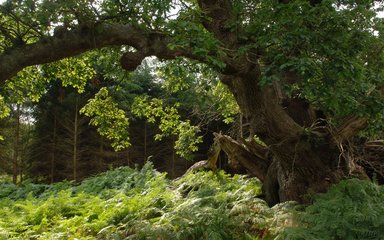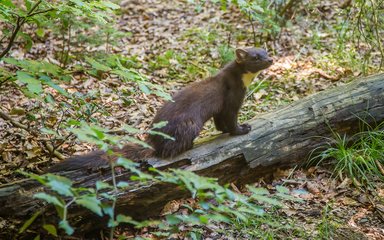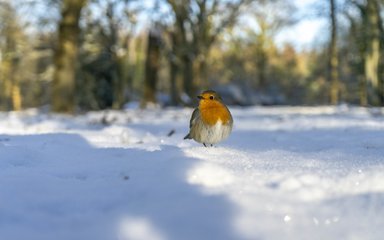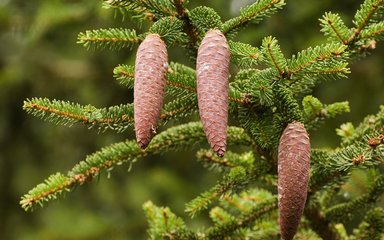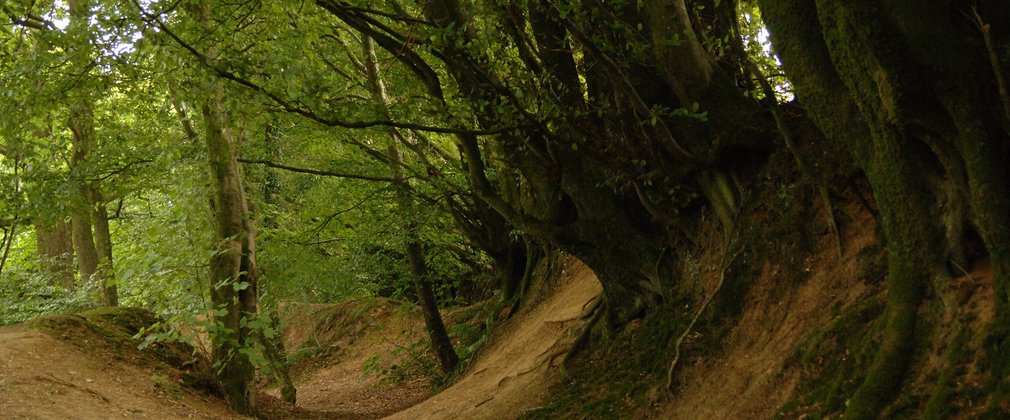
From heathlands to downlands and ancient woodlands to forestry plantations, the nation’s forests are spread over many different landscapes. But have you ever stopped to ask how your local forests came to be or why they look the way they do?
When walking through one of our forests, you cannot help but focus on the beautiful, tranquil and nature-rich environment that surrounds you. If you look a little closer, you will start to notice evidence of past human activities that can tell a story of how people have interacted with these landscapes over thousands of years. You will see funny shaped lumps and bumps, arrow straight banks, feature trees or a concrete pad – all evidence of human intervention. So how did these non-naturally occurring features get there and what were they for?
What are burial mounds?
There are nearly 450 prehistoric burial mounds to be found across the nation’s forest. These large earth mounds are the most common of all the nationally protected heritage assets that we hold. Varying greatly in size and composition, burial mounds, or tumuli, mark the locations where important individuals were once laid to rest.
Often, these date back 4000 years to the Bronze Age. Some, however, represent less commonly occurring Iron Age burials which were created some 1500 years later. Excavated by hand, using simple tools such as antler picks and animal bone shovels, barrows identify an individual who would have once held enough power and significance within a community to be able to coordinate the creation of these lasting monuments.
At the time of their creation, these sites would have been beacons within the landscape that could have been visible for miles around. Their significance can be seen throughout history through their incorporation within what later became cemeteries or parish boundary markers.
Today, these sites sit tucked away within our forests. A few show evidence of being disturbed by past activities such as antiquarian investigations in the 19th century or military training activity during the early 20th century. Modern technologies such as Lidar allow us to map these sites to their full extent, as well as identify previously undiscovered monuments, ensuring that we can protect and preserve these nationally significant sites for many years to come.
Historic features to find in the forest
In addition to burial mounds, there are several other features that can be regularly spotted within our forests. Read on to find out more about them.
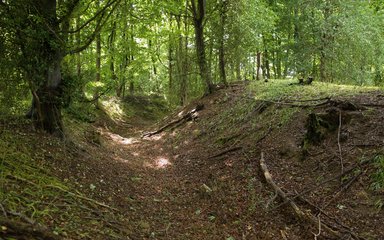
Wood Banks
These long straight earthworks are often spotted running off into woodlands and represent evidence of historic forest management practices.
Military infrastructure
In the past, much of our holdings were used during different war efforts. Evidence of these uses can be spotted in the form of standing buildings as well as brick or concreate foundations hidden beneath the leaf litter.
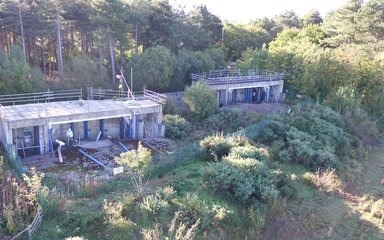
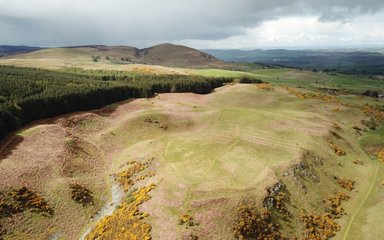
Hillforts
Woodlands often obscure larger monuments that may have once stood in open landscapes. Forestry England has over 30 hillforts which survive intact, protected from other influences that may have otherwise impacted them. Today these can be identified as large banked and ditched earthworks, sometimes with multiple elaborate defensive ramparts.
Feature Trees
In addition to archaeological sites, the trees found within our forests can also tell a story about past historic land uses. Large ancient trees, pollarding, coppicing, designed landscapes and even historic tree graffiti can all provide clues as to why a woodland is how it is.
